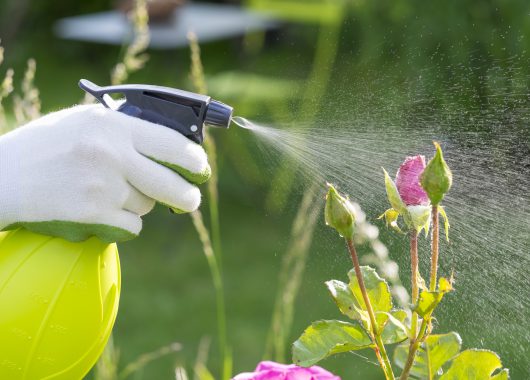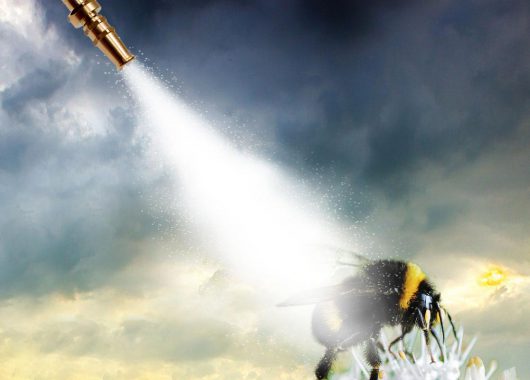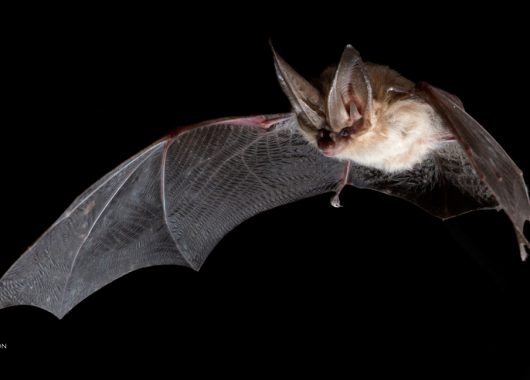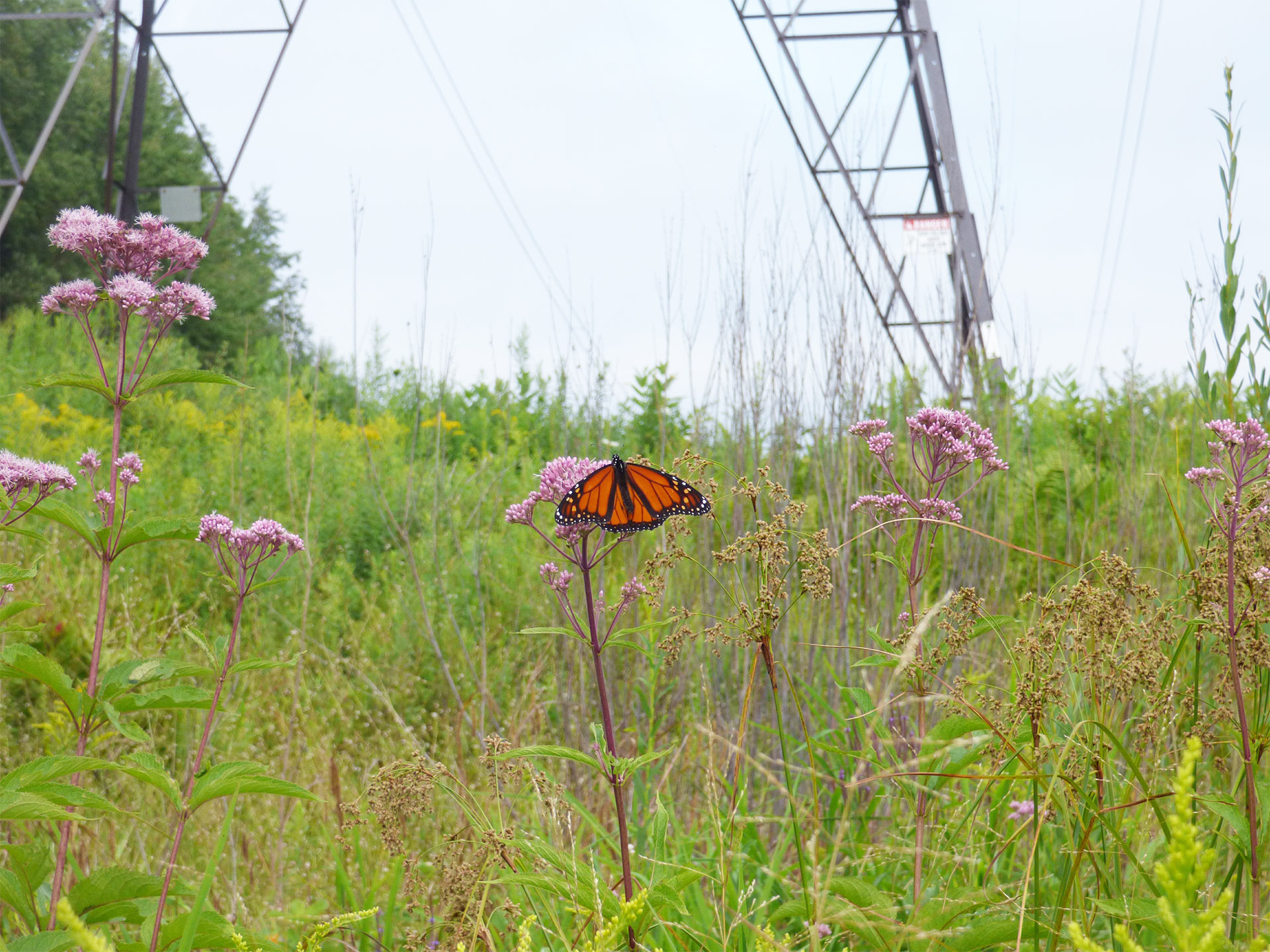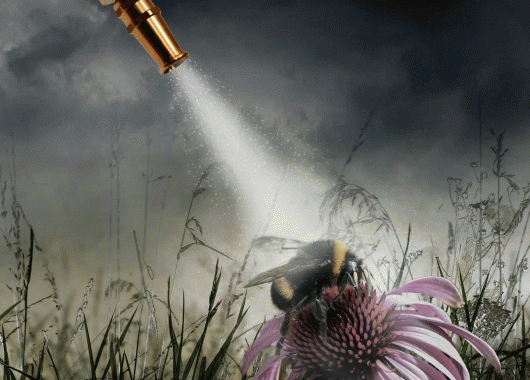Posts by tag
BanNeonics
Ditch the Pesticides to Save Our Waters!
As Rivers to Oceans Week comes to a close, we are ending with your garden and a nasty pesticide that’s commonly used: Neonicotinoids. These pesticides hit the market in the…
What Does Your Garden Have to Do With the Health of Our Waterways? Everything!
For the last day of Rivers to Oceans Week, we wanted to focus another danger in our water — pesticides! While people have been using pesticides since 1000 B.C. (using…
Legacy Pollutants: From DDT to Neonics, Canada has a Long History of Dealing With Them
More than 50 years ago, Canada banned the use of the insecticide DDT. The Canadian Wildlife Federation (CWF) was part of the movement pushing for this historic ban because the…
Neonictinoids and Bats: Yet Another Danger for an Already Endangered Species
There are over 1,300 bat species worldwide, 19 of which call Canada home. Canadian bats are incredibly important, not only to the environment but to the economy too. When the…
What is a Pollinator Pathway?
Pollinator habitat is becoming increasingly diminished and fragmented, due in part to the growth of human communities, transportation corridors and industry. Almost 90%. Flowering plants across the globe that are…
- Connecting With Nature
- Education & Leadership
- Endangered Species & Biodiversity
- Forests & Fields
- Gardening
- Species
Pollinator Recovery? A Critical Step When Banning Neonics
Pollinators, such as bees, butterflies, moths and flies, play critical roles in ecosystems and in the production of our food. If you’ve eaten an apple or worn a comfy cotton…
- Connecting With Nature
- Education & Leadership
- Endangered Species & Biodiversity
- Forests & Fields
- Gardening
- Lakes & Rivers
- Species
Ban With a Plan: Join us to #BanNeonics
It’s in our wildlife. It’s in our fields. It’s in our food. It’s in our water. And, it’s toxic. “For years now, neonicotinoid (neonic) pesticides have been poisoning our pollinators…

